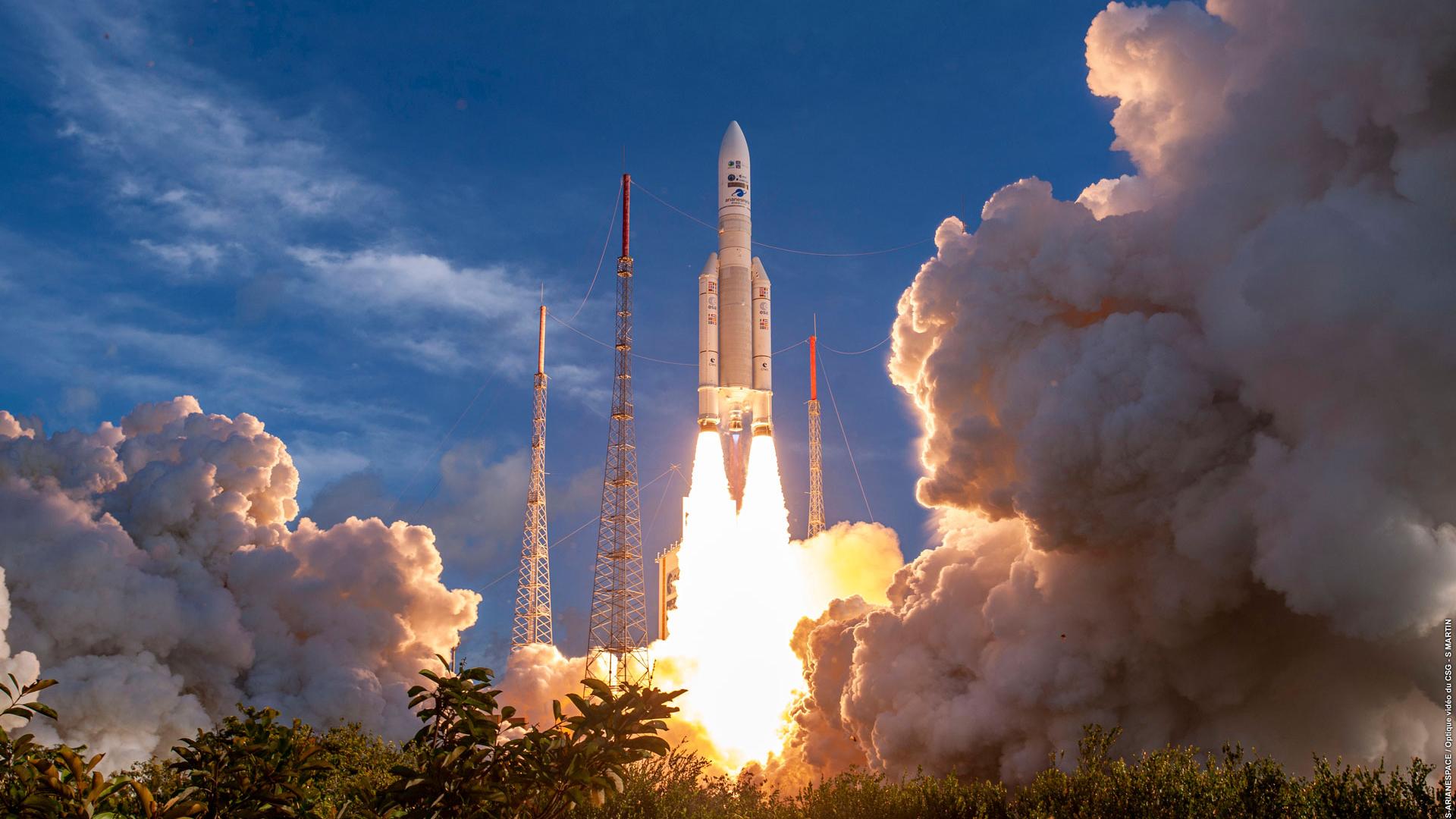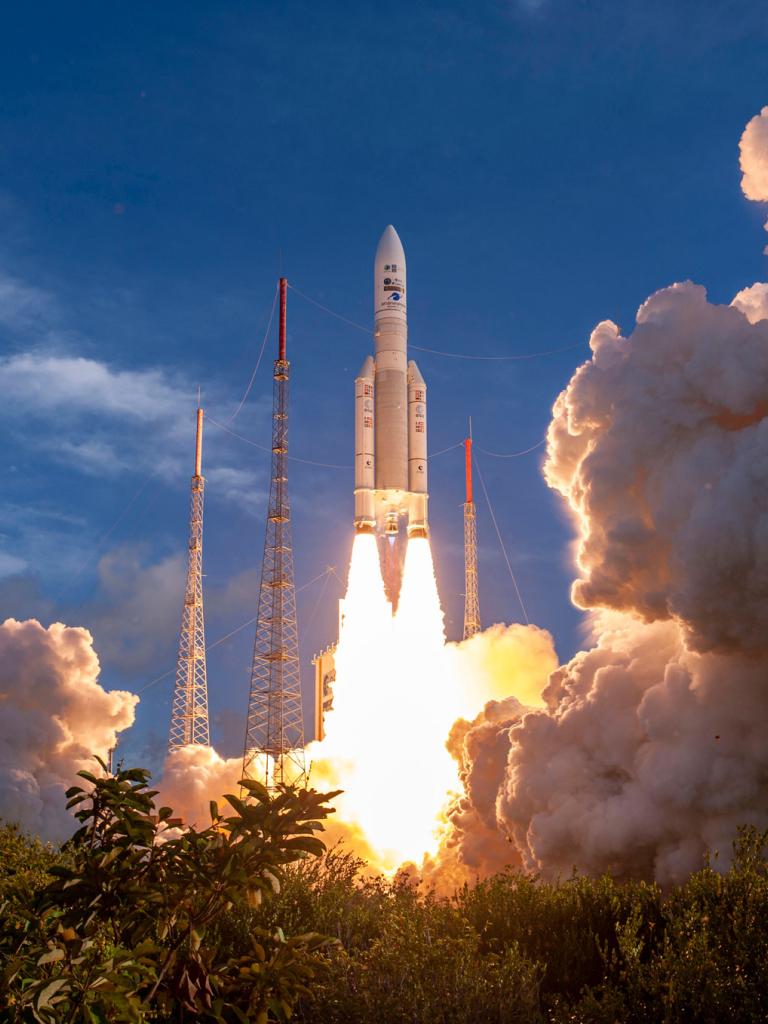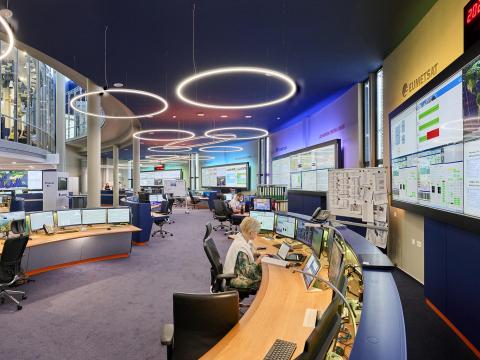21 August 2025
08 May 2023
EUMETSAT operates satellites on two different types of orbits – geostationary and low-Earth orbits. The satellites are controlled from our mission control centres at EUMETSAT headquarters in Darmstadt, Germany.
Geostationary satellites
Our Meteosat satellites fly on geostationary orbits, about 36,000km above the equator. Geostationary satellites complete one orbit every day, the same time it takes the Earth to make one rotation. This means the satellites constantly maintain the same view of the Earth below.
Because they maintain the same view of the Earth, and constantly send data back to the ground, Meteosat satellites provide information that is critical for the detection of rapidly developing weather events, such as storms.
The Meteosat Second Generation satellites send images of the full Earth disc below - covering Europe, Africa, parts of the Middle East and South America - back to the ground every 15 minutes. They also send images of Europe back to Earth every five minutes. The Meteosat Third Generation Satellites send more frequent imagery – every 10 minutes for the full Earth disc and every 2½ minutes for Europe.
Low-Earth-orbiting satellites
Low-Earth-orbiting satellites fly at much lower altitudes than the Meteosats – EUMETSAT operates fleets at altitudes of just over 800km and just over 1,300km – collecting detailed information about the atmosphere, oceans and land they fly over. These satellites orbit the Earth about 14 times a day and transmit their data to ground stations near the poles.
EUMETSAT’s Metop satellites fly on a low-Earth, polar orbit, at 817km altitude. This orbit is sun-synchronous, which means the satellite always has similar sun illumination on the surface below, even as the Earth rotates under the satellite’s orbit.
The Copernicus Sentinel-3 and -6 satellites are also controlled by EUMETSAT. These satellites fly at 814km and 1,336km altitude, respectively. EUMETSAT also receives and processes data from the Jason-3 satellite, on a similar orbit to its successor, Sentinel-6.


